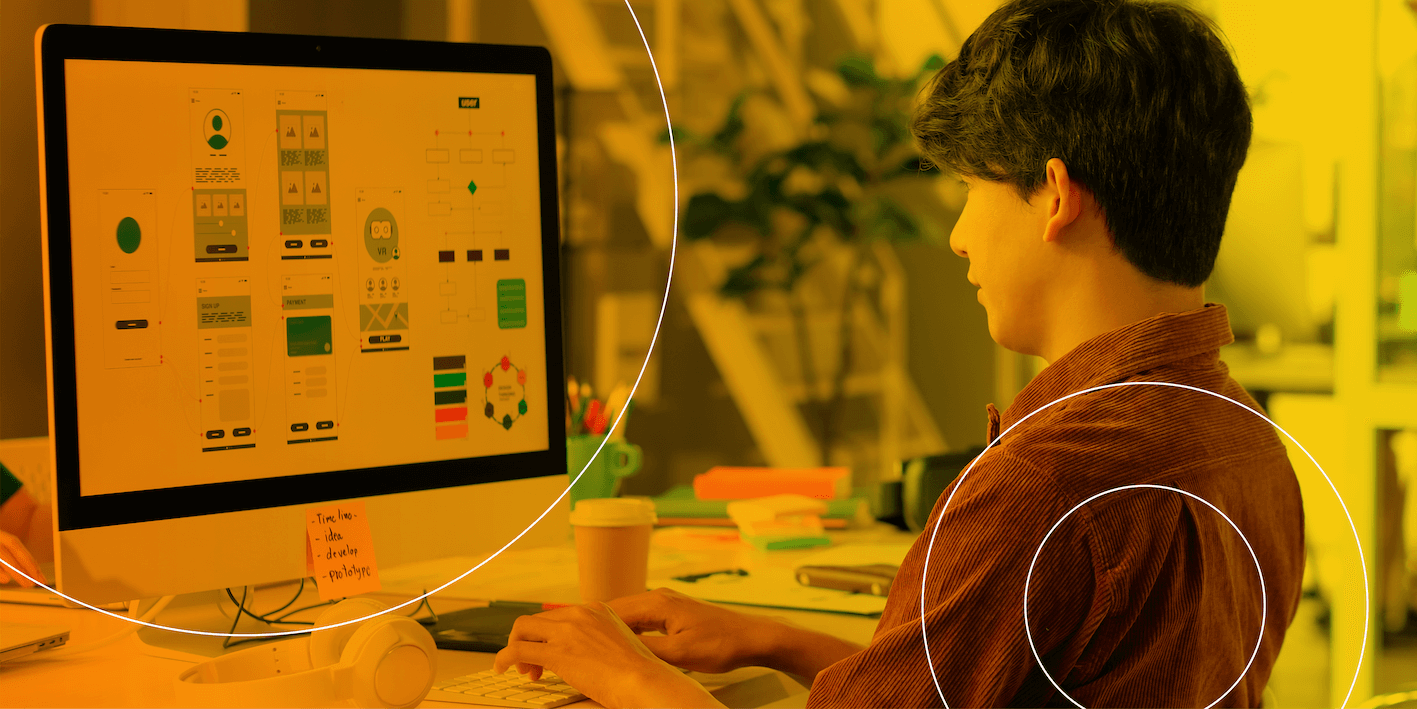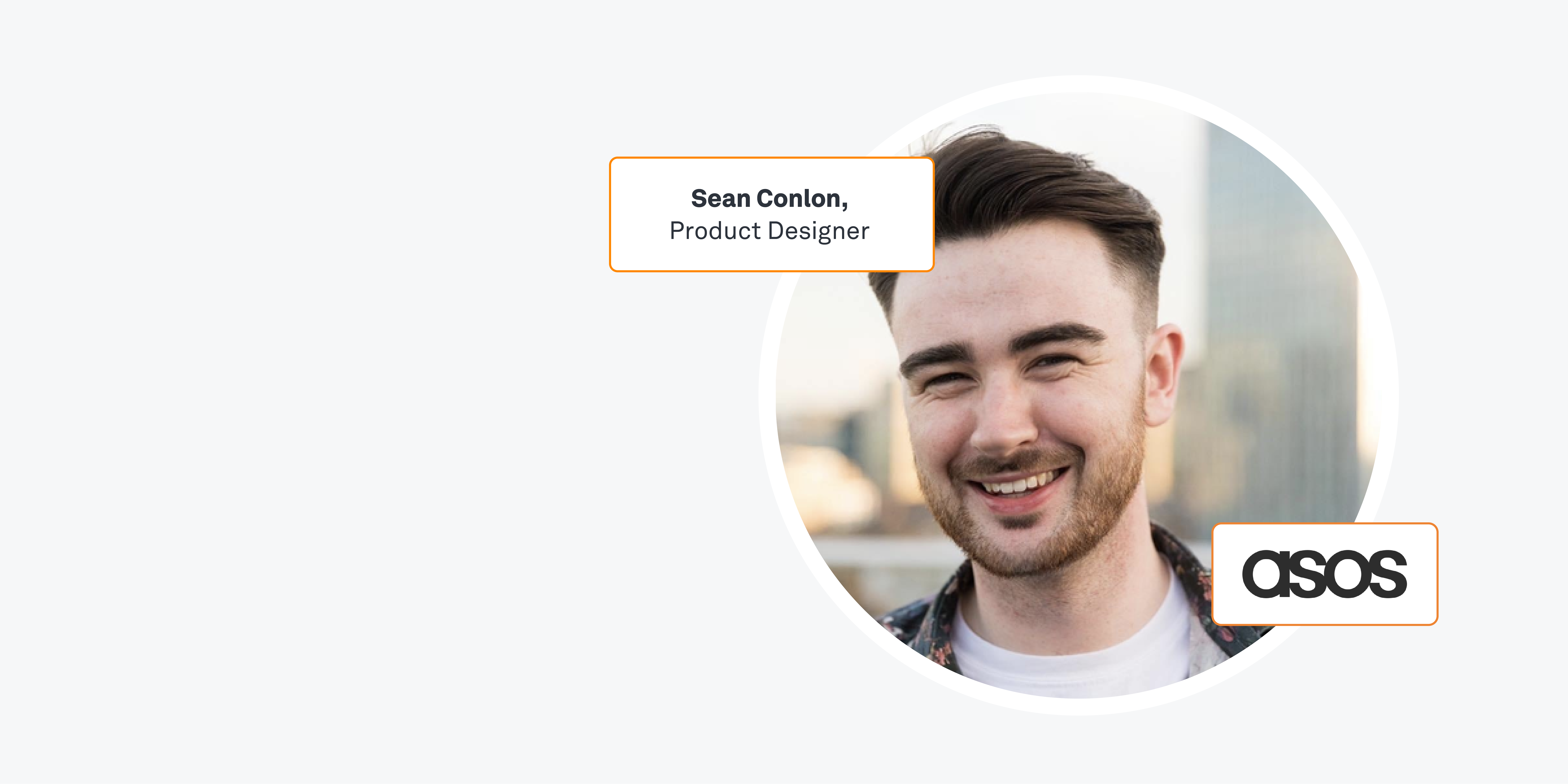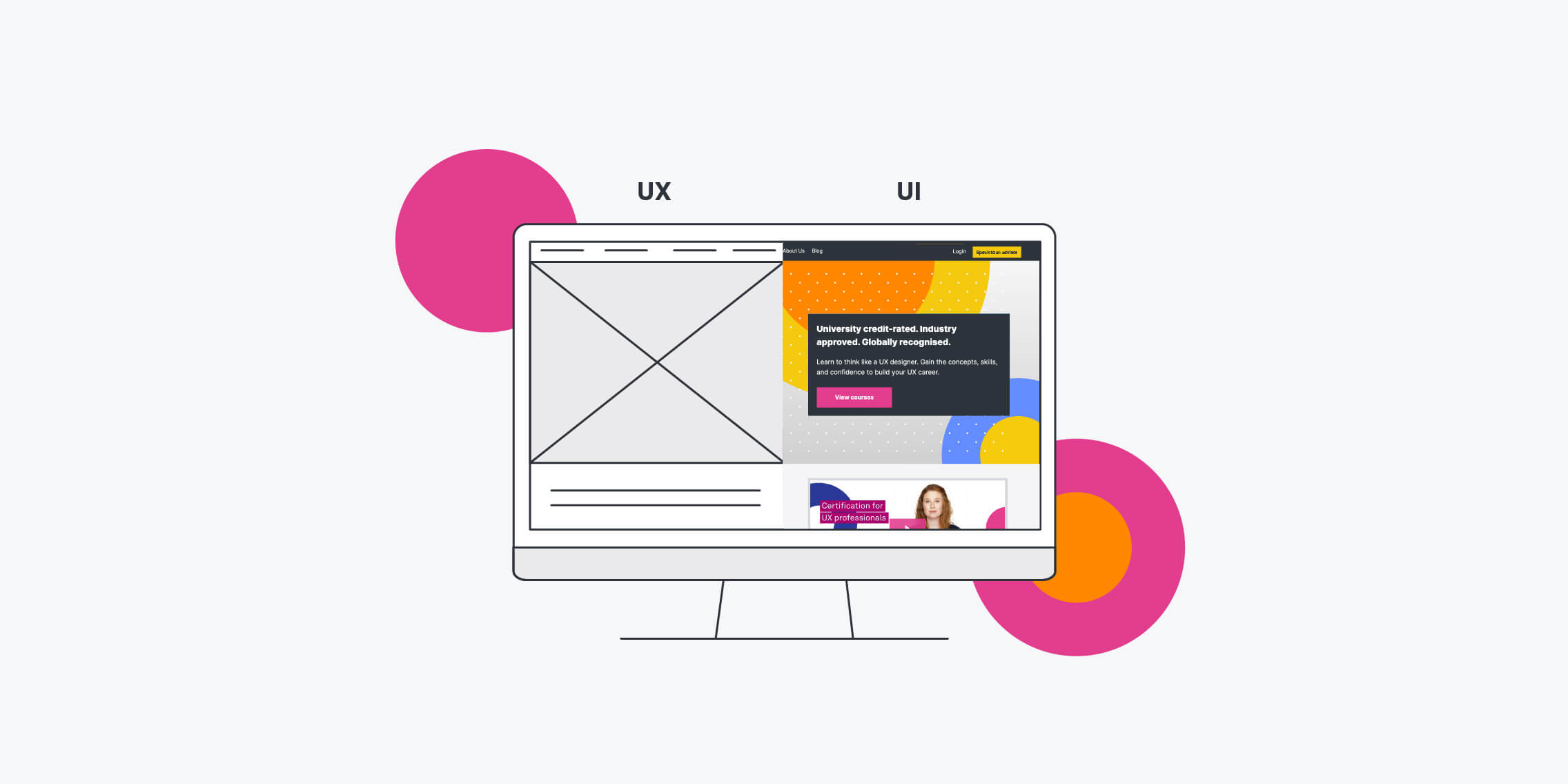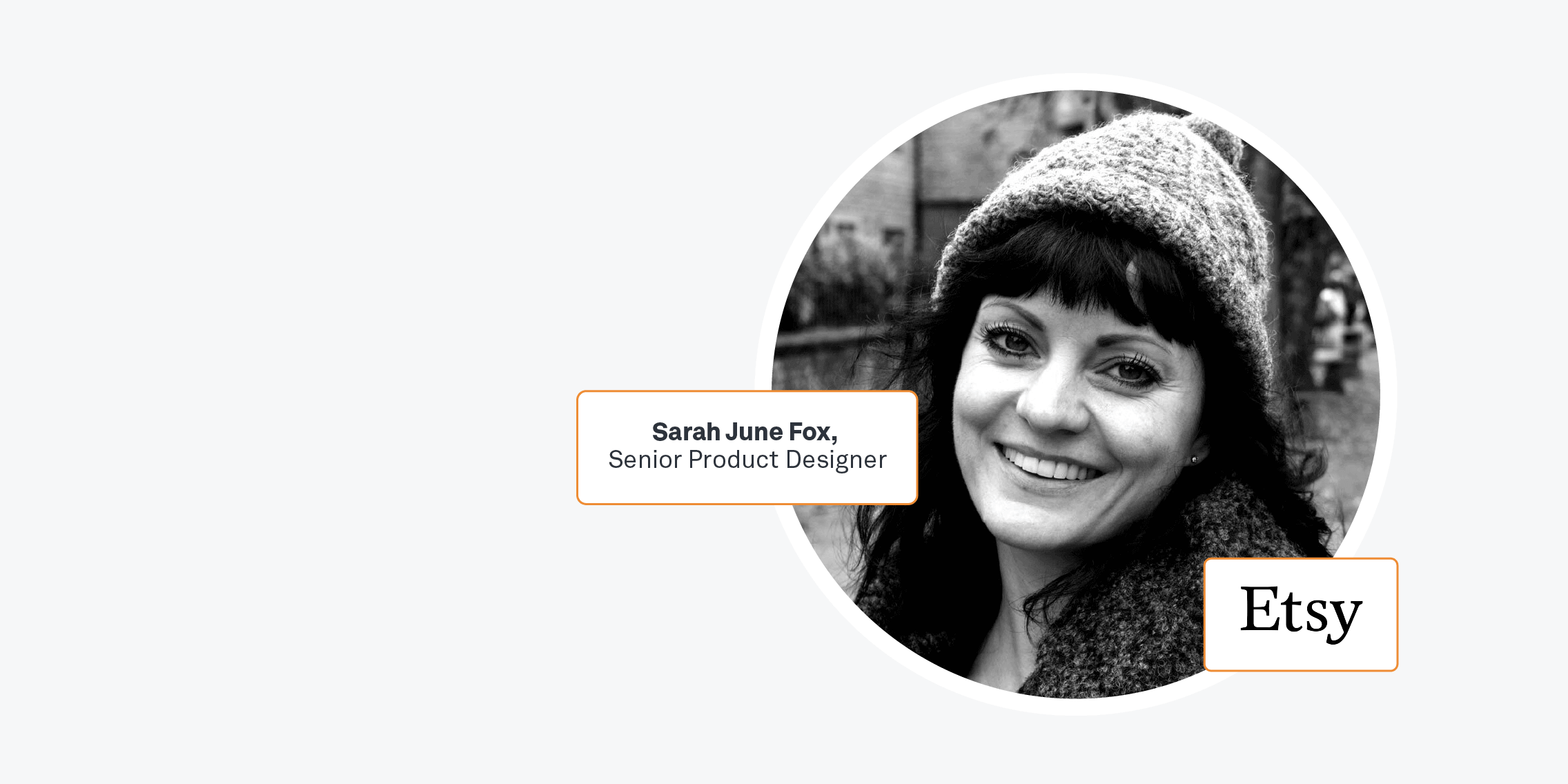Before digital products came into the picture, product designer was simply another name for an industrial designer: someone who designed manufactured products, like cars or office supplies.
Today, the title ‘product designer’ describes a person who’s responsible for designing digital products; like websites, apps, and software. Product design is a multidisciplinary role, and most product designers have expertise in all (or some) of the following: UX design, UI design, project management, business, and even front-end development.
Given the number of hats that product designers can wear, it’s no wonder the title has led to a great deal of confusion within the industry. In this blog post, we’ll shed some light on what a product designer is—from how they differ from UX designers, to what they actually get up to on a day-to-day basis. We’ll also dip into how much product designers make on average.
Here’s what we’ll cover at a glance:
Let’s get started!
What is a product designer (UX/UI), and what do they do?
A product designer is a problem solver at heart. Paying special attention to form, touchpoints, and functionality, they work through all phases of the product lifecycle from inception to completion, with an eye toward both user needs and business goals. This involves everything from performing user research and competitor analyses at the beginning of the project development process, to creating site maps, wireframes, prototypes, and UI style guides.
Product designers also play a crucial role in the marketing and branding of a product. They collaborate with marketing teams to develop compelling product narratives, create visually appealing product presentations, and ensure that the product aligns with the brand’s identity. They understand the importance of storytelling and how it can enhance the overall perception and desirability of a product.
While this may seem like a lot for one job, many product designers aren’t solely responsible for each part of a product’s design. In fact, at certain companies, the difference between a product designer and a UX designer is little more than their title. Typically, the bigger the company, the more likely it is that there will be a large team dedicated to any product, enabling a product designer to collaborate with project managers, UX designers, UI designers, developers and more.
However, at small companies and start-ups, the product designer will likely be responsible for doing a greater combination of UX, UI, coding and project management.
No matter where a product manager works, however, their primary responsibility is to champion the product, ensuring that it’s not only user-friendly but will also meet business objectives by ensuring it will be cost-effective and offer a good return on clients’ investment.
We’ve mentioned that product designers may branch into UX and UI depending on the size and setup of the company. With that, let’s briefly explore what UX and UI designers do and how these roles differ from product design (on paper, at least).
What is a UX designer?
UX designers champion the end user throughout a project. Their goal is to ensure that a product’s user experience is intuitive, enjoyable and easy to navigate. To do this UX designers will research user needs, decide on the features and content users will respond best to, determine the most user-friendly navigation and information hierarchy, create wireframes and prototypes, and test their solutions.
While UX designers can be involved throughout the design process, they may not be if there are other UX specialists involved, like UX researchers. While they will still be available to consult and offer opinions toward the end of the product development cycle, they will have less involvement in the product’s design after it’s handed off to UI designers and the development team.
What’s the difference between a product designer and a UX designer?
There is a certain amount of overlap between product designers and UX designers. Both product designers and UX designers employ user-centric design principles and are capable of performing many of the same tasks, from user research to creating personas and journey maps to designing wireframes and prototypes.
In addition, both product designers and UX designers are able to understand the business objectives of a product and know how to incorporate those objectives into their decision making.
However, product designers and UX designers will apply different thinking to a product. For a UX designer, the user’s needs trump everything else. All of their design decisions will come back to what will make the product more delightful and intuitive for the user. If they can meet business objectives too, they will but the user is still their number one priority.
On the other hand, product designers will spend more time looking at business objectives and the bottom line, ensuring the product can be marketed successfully, remains cost-effective and will meet the goals of clients and stakeholders. Product designers want to make a user-friendly product just like UX designers but they also have a broader set of concerns beyond the user, which is why they are the guardians of the product as a whole.
What is a UI designer?
UI designers are responsible for the visual design of a product. They create pixel-perfect designs for all the screens that make up the product, deciding on the visual elements including typography, colour palettes, buttons, icons and logos. They also create style guides that demonstrate the design across the product, ensuring the visuals stay consistent.
UI designers keep both user feedback about design elements and brand guidelines in mind when creating a product’s visuals to ensure it meets both user expectations and business goals. However, UI designers usually aren’t heavily involved in the product development process until after the UX design team has made major decisions about the product’s organisation and interaction patterns.
What’s the difference between a product designer and a UI designer?
Just like with UX designers, there can be a certain amount of overlap between product designers and UI designers’ jobs. However, the distinction here is a little bit more obvious. While product designers may be capable of designing high fidelity wireframes and UI style guides, unless they work at a very small company or start-up, product designers often don’t have to design every element of the UI. Instead, a strong visual sense and a basic understanding of visual design tools is often adequate for a product designer.
Meanwhile a UI designer must be an expert in colour, layout, typography and all things visual. They will be able to apply these skills to the visual design of a product, while working in collaboration with the product team to ensure the visuals are user friendly and in-line with the brand.
Consequently, if a UI designer and a product designer are on the same product team, the product designer will make decisions about how the brand will be represented. They will collaborate with the UI designer to ensure the visuals will make the product stand out in the marketplace, while the UI designer creates pixel-perfect visuals and style guides to reflect those ideas.
Now we know how the product designer role differs from UX and UI design, let’s explore the day-to-day tasks of a product designer in more detail.
What are the day-to-day tasks and responsibilities of a product designer (UX/UI)?
Now we’re all on the same page about what a product designer does, you might be wondering how that all plays out on a day-to-day basis. The fact is that there is no “typical” day for a product designer. With so much to oversee and so many hats to wear, product designers have a large set of responsibilities. Let’s take a closer look at what those are.
- User research to understand end-users’ needs, pain points, and limitations
- Market research to understand product-market fit
- Wireframing to validate and refine designs
- Creating beautiful, dynamic, interactive prototypes
- User testing to understand user interactions and behaviours with the prototypes
- Refining and iterating designs to improve the user experience
- Design documentation—creating detailed design specifications and documentation for the development team
- Collaborating with stakeholders like product managers, developers, marketers, and others to ensure a unified product vision
- Analysing competitor products to stay updated with market trends
- Coordinating and tracking progress to ensure that projects are delivered on time
- Presenting design ideas and rationale to stakeholders and team members
- Developing or maintaining a design system for consistency across products
In summary, the day-to-day tasks and responsibilities of a product designer extend far beyond the surface. They involve extensive research, ideation, visual design, user testing, collaboration, and iterative improvement.
It’s also important to note that a product designer’s role can vary hugely depending on the size of the company. In a smaller company or a startup, a product designer might be involved in almost every part of the product development process. In a larger company, however, the role of a product designer might be more specialised.
What tools do product designers(UX/UI) use?
As we’ve explored, product designers have a lot to do—so they rely heavily on the tools they use to support the product design process. Luckily, recent innovation in design tools and software has revolutionised how designers conceptualise and develop their ideas.
- User research tools: These include analytics tools like Google Analytics and Hotjar, as well as survey tools like SurveyMonkey.
- Wireframing tools like Sketch and Balsamiq.
- Workshopping and whiteboard tools like Miro and Mural.
- Design and prototyping tools like Figma, InVision, Framer, and Adobe XD.
- User testing tools like UsabilityHub, UserZoom, and Optimizely.
As we can see, product designers use a variety of tools to bring their ideas to life. The combination of design software that allows product designers to create pixel-perfect beautiful interfaces, as well as tools that help product designers communicate and test those designs, empowers designers to create innovative and visually appealing products that meet the needs of today’s ever-evolving user base.
Read next: The ultimate guide to the best UX design tools in 2023
What are the top product designer(UX/UI) skills?
Product design isn’t just about technical abilities. Strong analytical skills, creativity, and a knack for problem-solving are all vital traits of successful product designers. They also need to have an in-depth understanding of industry trends, user psychology, and the ability to communicate their ideas effectively.
Product design is a collaborative effort, and the ability to work harmoniously and handle feedback are crucial skills to have in your arsenal as a product designer.
Let’s look at the top product designer skills at a glance:
- Empathy: Product design requires a deep understanding of user needs and pain points in order to design user-friendly, intuitive solutions. It helps to be naturally empathetic, with the ability to put yourself in users’ shoes and advocate for user needs at every stage of the design process.
- Visual design: Even if they’re working alongside UI designers, product designers should be adept at creating appealing, aesthetically pleasing designs. Proficiency in design principles like typography, colour theory, and layout is key.
- Collaboration: Product designers work with various stakeholders across the business, including product managers, developers, and marketers. They need tip-top collaboration and communication skills to ensure everyone is on the same page and working towards a unified vision.
- Problem-solving: Product design is fundamentally about solving problems. Having strong analytical and critical thinking skills is key to developing effective, innovative solutions that meet user needs.
- Business acumen: Understanding the business side of things, like market trends and competitors, is incredibly important. This helps align the product design process with the overall business strategy.
Read next: What skills do you need to be a UX designer?
Do product designers make good money?
We know that product design is a multifaceted and all-encompassing role, so the natural follow-up question is: Do product designers make good money? Are they well-compensated for their expertise?
While passion is unquestionably a driving force, let’s talk numbers! We’ve pulled some average salaries at a glance based on 2023 salary data from Glassdoor for a quick review of what product designers are currently making.
Of course, these are just national average salaries. Employer, location, and expertise all influence your earning potential as a product designer, so we encourage you to do your own research on sites like Glassdoor, Indeed, and Payscale.
How to become a product designer (UX/UI)?
Becoming a product designer is a rewarding journey, blending creativity, problem-solving, and technology to shape the experiences of users around the world. If you’re wondering where to start, this guide will give you a step-by-step breakdown on how to become a product designer.
Understand the role
Of course, as with any career change, the first step is research. Reading this guide is a great start—you’re already researching the role, the skills required, and the day-to-day responsibilities. But you’ll want to do some comprehensive reading about the industry, connect with professionals on LinkedIn, and participate in product design forums or communities. To help you along your way, check out our blog post on the 12 UX communities that are ready to welcome you.
Acquire the necessary skills
As we unpacked in previous sections, pursuing product design calls for a blend of technical and soft skills. You can start learning these skills through online platforms like Youtube or Coursera. This way, you can start building up your skills and seeing whether product design is right for you without a sizable financial or time commitment.
Obtain a certification
While a degree isn’t always necessary, having a certificate that proves you’ve gotten some sort of formalised education will go a long way as a new product designer. You can do a product design programme that combines the UX/UI design skills from understanding user behaviour to crafting intuitive and effective interfaces, giving you the skills to succeed in this rewarding career.
Build a portfolio
Your portfolio is a showcase of your skills and capabilities as a product designer, demonstrating your understanding of and approach to the product design process. Once you’ve started working on product design projects, you can start curating a professional portfolio to show hiring managers. If you’re just starting out and don’t have client projects to showcase, work on fictional projects or redesign existing products.
Master the tools
Familiarise yourself with tools that product designers commonly use, and start using them! Becoming proficient in product design tools will allow you to confidently go into your first product design role, knowing you can hit the ground running.
Stay up to date
The field of product design is always evolving. Staying updated with the latest trends, technologies, and practices by reading relevant blogs, books, and articles and participating in workshops and webinars will give you a competitive edge.
Round-up
So there you have it—a comprehensive guide to the world of product design! Hopefully, this blog post helped you understand exactly what a product designer does, and how it differs from (and overlaps with) UX and UI design. Becoming a product designer requires an eye to identify trends and aesthetics, a technical mind to create functional, user-friendly designs, and the ability to communicate your designs to stakeholders across the business. What’s more, demand for versatile product designers is sky-high—so it’s a great time to segway into the field.





